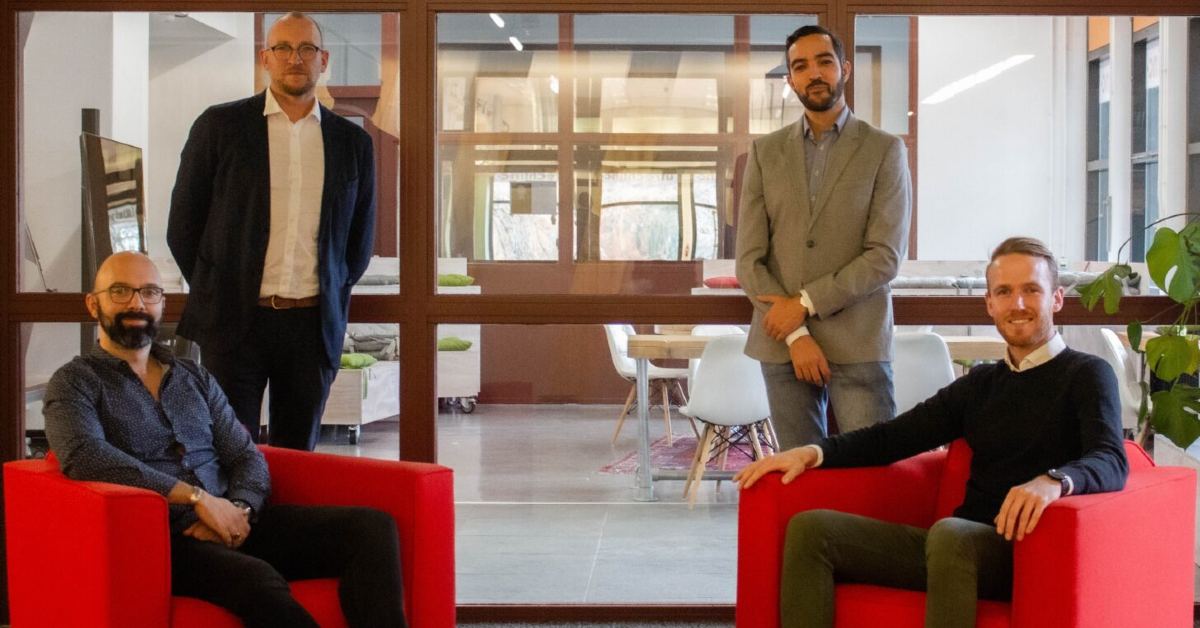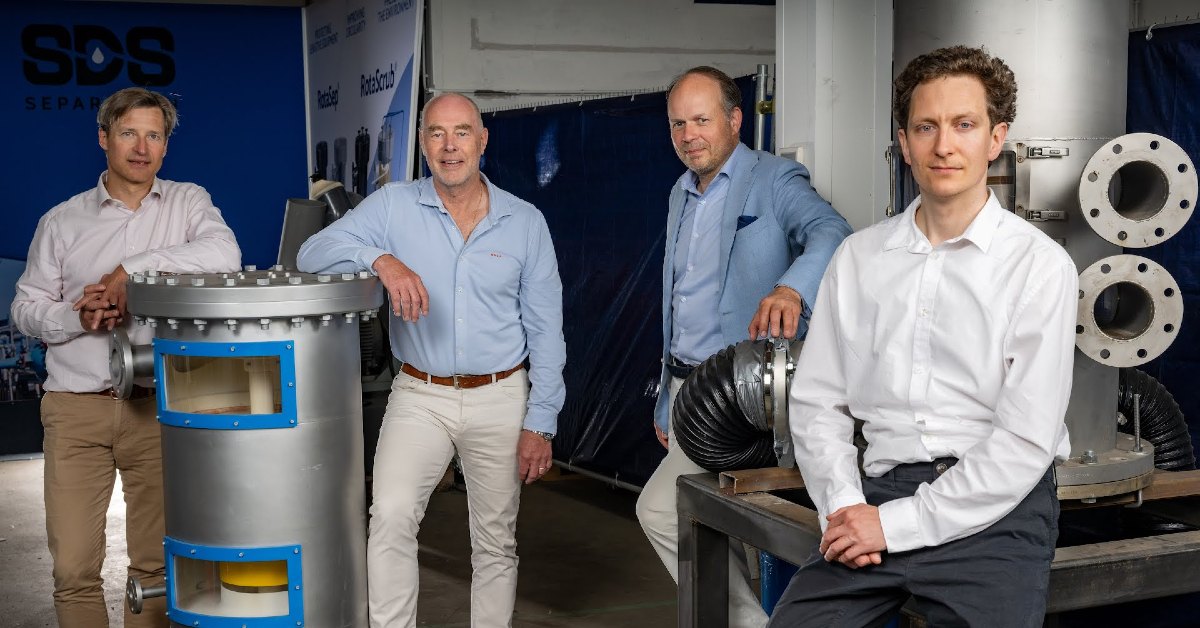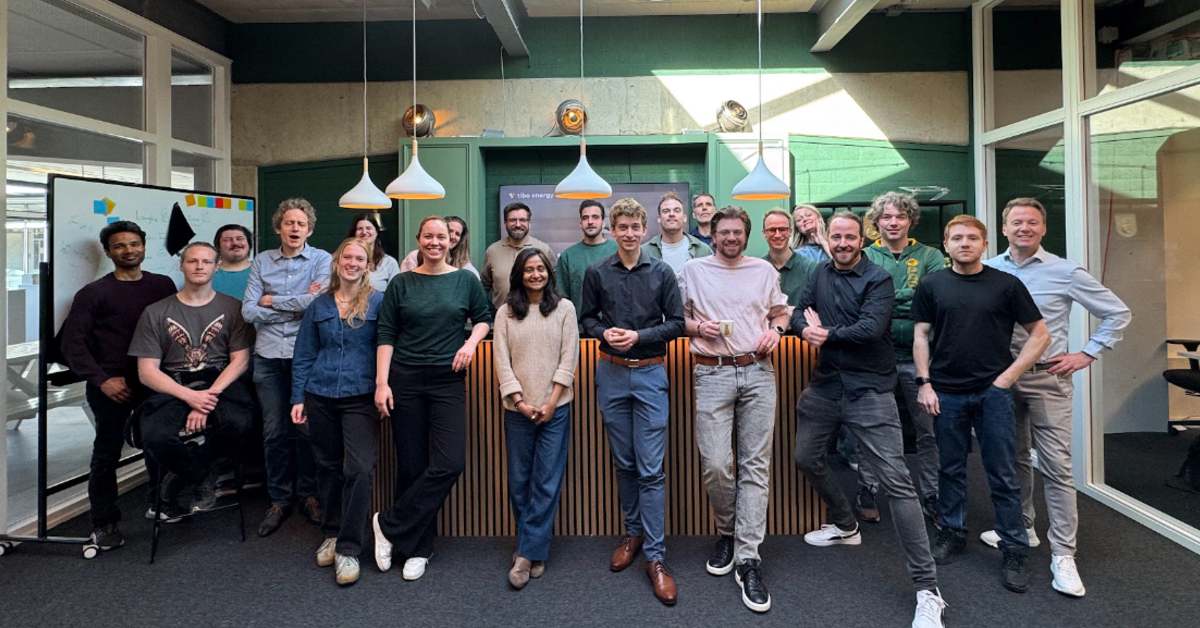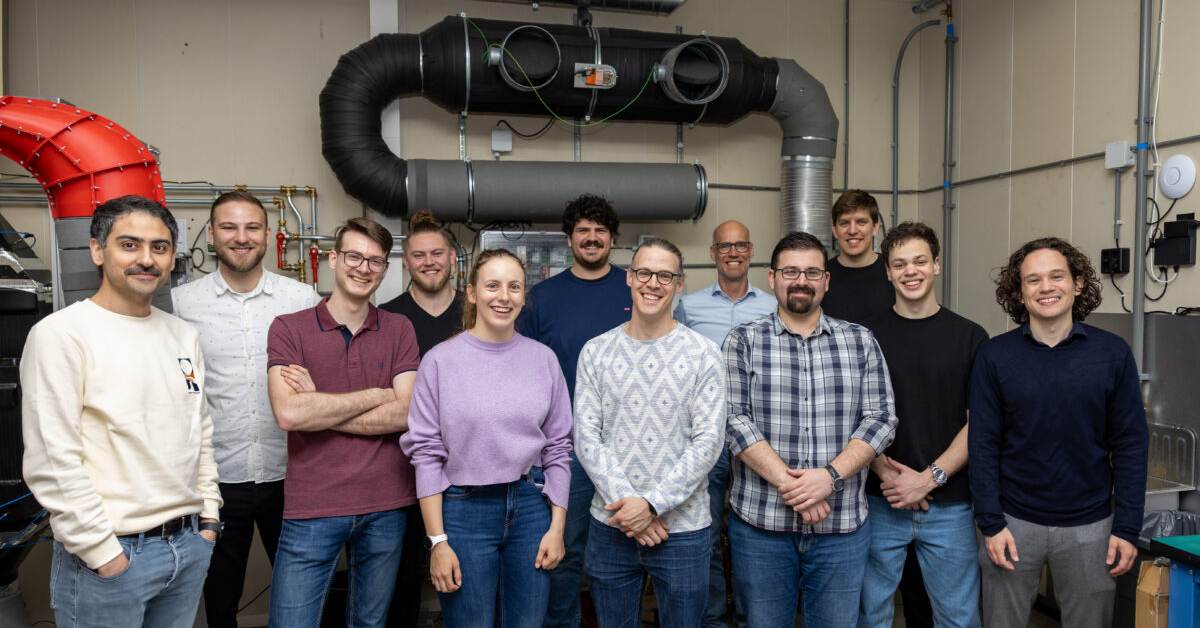Reducing carbon footprint has become a pressing concern for businesses/startups worldwide. As the effects of climate change continue to manifest, individuals and businesses are realising the need to take proactive steps towards a sustainable future.
While discussions around environmental responsibility often revolve around large industries and governments, it is equally essential for small and medium businesses and startups to play their part in minimising their carbon emissions.
Not only does this contribute to the collective effort of combating climate change, but it also presents unique opportunities for businesses to improve their brand reputation, attract environmentally conscious customers, and even save costs in the long run.
Reducing carbon footprint
When it comes to reducing carbon footprint, businesses of all sizes can play a pivotal role. With their inherent agility and adaptability, startups have the unique advantage of building sustainability into their core operations from the outset.
By incorporating eco-friendly practices into their business models, these young enterprises can create a positive impact right from day one.
On the other hand, established businesses possess the resources, experience, and market influence necessary to implement large-scale sustainability initiatives.
They can significantly reduce their carbon footprint by embracing renewable energy sources, optimising energy efficiency, adopting circular economy principles, and implementing green supply chain strategies.
To gain further insights into those strategies and best practices, Silicon Canals reached out to industry experts who have already taken significant steps in reducing carbon footprints, with two simple questions:
1. What steps can normal businesses and startups take to reduce their carbon footprint?
2. How can small businesses and startups encourage their suppliers and customers to adopt more sustainable practices?
These experts have firsthand experience implementing sustainable practices and can offer invaluable advice to businesses looking to follow suit. Let’s take a look!

Melissa Wijngaarden
Co-founder of Impactbytes.
Impactbytes help businesses discover and evaluate the sustainability credentials of the products. With an intelligent data platform, the company provides fashion brands access to comprehensive product-level insights — all through a single, user-friendly interface.
The platform allows media outlets, including magazines, bloggers, and influencers, to access the data to find and verify products and brands that fit sustainability values for their articles and content.
Check out Melissa Wijngaarden’s response to our questions:
What steps can normal businesses and startups take to reduce their carbon footprint?
For some companies reducing your carbon footprint can be quite straightforward. For example, if you’re heavily dependent on polluting materials in your production process it’s obvious where you can start with reducing your footprint.
Too often we see big polluters proudly presenting their new ‘no new cups’-programme in the office while ignoring the elephant in the room. Of course, we wouldn’t be us if we don’t cheer on small changes, but make sure you have a holistic look at your company’s impact first before sharing these small wins as it may be interpreted as greenwashing and cause backlash.
There are also plenty of companies who can help you with this. We for example work with C-Free, who calculated our company’s carbon footprint and identified what steps we could take to reduce our footprint and even become carbon neutral.
If you prefer to start on a smaller level, there are plenty of quick wins to be implemented: switch to more sustainable office supplies, encourage alternative travel methods to cars and planes, provide vegan lunches, etc.
How can small businesses and startups encourage their suppliers and customers to adopt more sustainable practices?
We strongly believe in the power of conversations to encourage your direct environment to adopt more sustainable practices. Often people are not even aware that with a small change in their behaviour, they can have quite a significant impact.
Having an open conversation without shaming and blaming can really help move them towards more sustainable practices or provides an opportunity to brainstorm what hurdles are avoiding them to adopt this more sustainable practice.

Konstantinos Kouzelis
CEO & co-founder of Coolset
Coolset is the automated decarbonisation platform for startups & SMEs. The company’s software helps organisations measure, analyse, reduce, and offset their greenhouse gas emissions across Scope 1, 2, and 3. It also allows users to track their carbon footprint, set reduction targets, and identify opportunities for improvement.
Check out what Konstantinos Kouzelis has to say!
What steps can normal businesses and startups take to reduce their carbon footprint?
Businesses should always prioritise emission reduction strategies with the greatest potential impact. Starting with things like minimising flights with efficient travel policies, purchasing renewable energy, opting for a sustainable cloud provider, or procuring refurbished electronics can go a long way in setting the right sustainability benchmark.
Additionally, building a culture of sustainability is essential for long-term success. Opting for vegetarian lunches or using biodegradable espresso cups embeds sustainable practices into the daily routine of the company.
At Coolset, the office furniture is all thrifted or second-hand, our electronics are refurbished, and our meeting rooms and call booths are designed for circularity and modularity, so we can take them apart and reassemble them again in our future offices. It’s these small things that add up to a substantial overall impact – even as a seed-stage company.
How can small businesses and startups encourage their suppliers and customers to adopt more sustainable practices?
While small businesses and startups may not have the purchasing power of large enterprises, the flexibility of their suppliers can often be surprising.
Proactively asking for the most sustainable option during procurement or encouraging suppliers to disclose data regarding their products can nudge them toward more sustainable practices.
Even if such options are not immediately available, these requests accumulate and may compel suppliers to think of new, more climate-friendly offerings.
On the startups’ side, creating products or services that are inherently sustainable or educating customers about their environmental impact helps align customers’ choices with sustainability.
At last, startups, often seen as innovators, challengers, and the ones that set examples, can inspire broader change by transparently sharing their sustainability journey – both their successes and challenges.

Mike van Wijhe
Co-founder of Treety
Treety is an impact measurement platform for impact-focused funders and founders. The company’s software tool, impact expertise, and supporting data sets, combine to offer impact measurement, tracking, and communication, with an ability to visualise impact goals as per any impact metric that is needed.
Here’s what Mike says:
What steps can normal businesses and startups take to reduce their carbon footprint?
Involving your stakeholders, community, and team around mapping and measuring impact is key to adopting better, cleaner, fairer practices.
The first step we encourage startups to take when working with Treety is to conduct an IMM foundational exercise we developed which is inspired by the 5 Dimensions of Impact and the Theory of Change.
This exercise is a great way to map the intended impact of a business, the beneficiaries of said impact, and the expected outcomes and business activities that will drive that impact forward.
The next step is realising that impact exists beyond carbon footprint. There is a hyper-focus on carbon as a main metric of impact, but it should not act as a sole driving force.
We encourage companies to identify 3 to 5 key metrics that are core to their purpose and organisation and be as transparent and realistic about what to measure and how to measure it.
Tying these metrics to existing Impact Frameworks (SDGs or IRIS+ for example) can also be a way to adopt a common language that is comparable and relatable within their respective industry.
With regards to carbon footprint, specifically, conducting a scope 1, 2, and 3 analysis is the most thorough way to identify which areas need improvement. For product-driven companies, conducting a per-product lifecycle analysis is also a good way to understand the extent of the emissions at every stage (this can be conducted for every type of input whether it’s energy, water, waste, etc).
Investing in renewable projects is also a great way to offset the emissions that you cannot immediately reduce – many companies provide services B2B or B2C for exactly that.
How can small businesses and startups encourage their suppliers and customers to adopt more sustainable practices?
Regulation plays a key role in helping drive scalable and systemic change in industries and holding them accountable. Nevertheless, the decentralised nature of supply chains today can make it incredibly difficult to enforce regulation across borders.
That is where universal standards come into play to ensure certain criteria of fair labour, clean processes, etc.
Nevertheless, a startup or entrepreneur has the advantage of building its product/service with supply and value chain actors that align with a common mission and vision. Your partnerships are a reflection of your intended impact, and this will trickle down to your end consumer.
Speaking of, end-consumers are increasingly demanding more transparency and accountability from businesses. Communicating on your impact journey (the good, the bad, the lessons learned) is a great way to show the impact journey of your business and makes your story authentic and relatable.
Share stories, case studies, and impact results (in relatable terms ie: 10 tons of CO2 avoided = X amount of cars off the road, etc) and you will build trust with your consumer base which should drive more demand for more sustainable options.

Koen de Beer
Co-founder of Pickler
Pickler is developing a SaaS web app for scalable footprint calculations (LCA) to help packaging suppliers reach net-zero ambitions with real-time footprint data. The Pickler Eco Score gives evidence-based insights into a packaging portfolio’s sustainability.
Here are the responses from Beer.
What steps can normal businesses and startups take to reduce their carbon footprint?
Start with mapping out your scope 1, 2, and 3 emissions first and measure your baseline company footprint. You can’t improve or set reduction targets without knowing where you come from.
Scope 1 and 2 emissions are your company’s so-called ‘direct emissions’, such as your building’s energy usage, employee travels, etc.
Scope 3 is your indirect emissions, which occur in the rest of your value chain. Scope 3 is usually the hardest to map, as many companies lack data on – say; their purchases from suppliers. But it’s also usually the most important – as up to 90 per cent of your impact can originate here.
Once you have these scope 1, 2, and 3 environmental insights, you can actively reduce them by looking at different energy suppliers, raw material suppliers, different production methods, etc.
Finally, don’t only focus on carbon emissions. There’s way more to environmental impact than CO2-eq. The EU Green Deal legislation, such as the CSRD, Taxonomy, or Green Claims Directive, requires reporting on other impact categories too such as resource depletion, impact on ecosystems, or danger to human health. So, don’t fall for the carbon tunnel vision.
2. How can small businesses and startups encourage their suppliers and customers to adopt more sustainable practices?
Sustainability is collaboration. That’s what makes it fun, but tough. To encourage suppliers or customers you need to provide them with an incentive to do so. First of all, focus on your high-impact suppliers. This is where your biggest impact reduction takes place.
For suppliers you can:
(1) set minimal sustainability requirements to do business with you
(2) induce competition among suppliers (one with the lowest environmental impact gets the contract)
(3) create shared value in terms of sustainable product/sourcing collaboration, lobbying, or marketing efforts together.
Consumers adopting more sustainable practices should be at the core of your product design and useability. Ensure your product is sustainable in usage and durability, and provide consumers with the know-how on how to use and dispose of their products in the best way.

Anastasia Kuskova
Founder & CEO of Sirius
Sirius has developed Digital Sustainability Copilot designed specifically for Sustainability Officers. This platform equips them with the necessary resources to develop and implement actionable plans, leading to the achievement of sustainability goals.
What steps can normal businesses and startups take to reduce their carbon footprint?
At Sirius, we advise businesses to begin by identifying the most impactful opportunities within their operations and supply chain. This process involves understanding where their largest emissions occur and then creating a tailored action plan to address these areas.
If the carbon accounting process seems daunting, any business can start with the first non-regret moves:
- Switch to the electric fleet in operations & optimise fleet usage & travel routes
- Switch to renewable energy in operations
- Save energy and stay energy efficient in the office & production facilities (run an energy audit for larger operations)
- Optimise the use of resources
- Motivate team members to bike and use public transport when going to work
- Select more sustainable suppliers and service providers
Businesses need to understand that sustainability is not just about reducing emissions but also about creating value. When done right, sustainability can be a powerful driver of innovation, cost savings, and new business opportunities.
For example, companies that take sustainability seriously can unlock better financing conditions and meet the increasing demands of investors and clients for sustainable practices.
2. How can small businesses and startups encourage their suppliers and customers to adopt more sustainable practices?
Encouraging suppliers and customers to adopt more sustainable practices is indeed a challenge, but it’s an opportunity for businesses to exercise their influence beyond their immediate operations.
For suppliers, businesses can establish clear sustainability criteria within their procurement processes, and provide tools and resources to help suppliers meet these.
For customers, businesses can offer education on the environmental impact of their products or services, and offer incentives for choosing more sustainable options.










01
From telecom veteran to Dutch Startup Visa success: The Jignesh Dave story